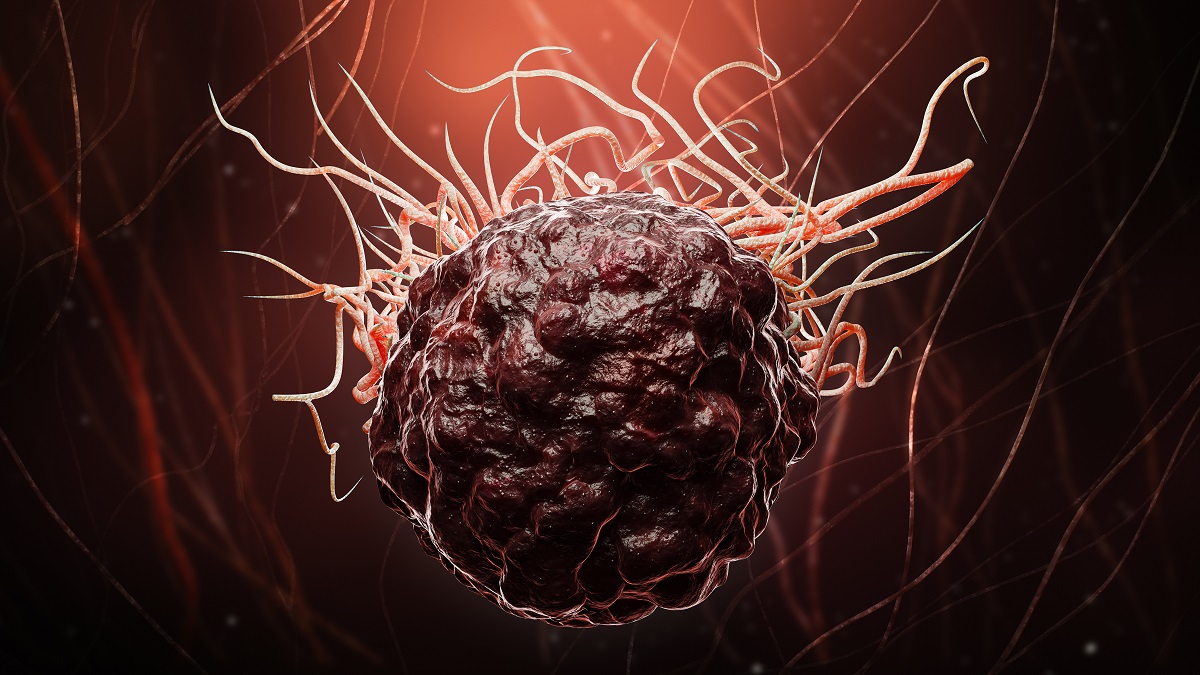KEY TAKEAWAYS
- The interventional study aimed to compare the efficacy and safety of BeEAM vs CEM regimens in patients with lymphoma ASCT.
- Researchers noted that CEM may offer better recovery and survival compared to BeEAM; further research is needed.
Autologous stem cell transplantation (ASCT) is a pivotal treatment for patients with lymphoma. The BeEAM regimen (Bendamustine, Etoposide, Cytarabine, Melphalan) traditionally relies on cryopreservation, whereas the CEM regimen (Carboplatin, Etoposide, Melphalan) has been optimized for short-duration administration without the need for cryopreservation. This study rigorously compares the clinical and safety profiles of the BeEAM and CEM regimens.
Mohamed A Eltelbanei and the team aimed to assess the comparative efficacy and safety of the BeEAM vs CEM conditioning regimens in patients with lymphoma undergoing ASCT, focusing on recovery times, hospitalization duration, and survival rates.
They performed an inclusive analysis of a controlled, randomized clinical trial involving 58 patients with lymphoma undergoing ASCT at the International Medical Center (IMC) in Cairo, Egypt. Patients were randomly assigned to either the BeEAM (n = 29) or CEM (n = 29) regimen, with an 18-month follow-up period.
The study meticulously compared clinical and safety outcomes, focusing on time to engraftment for neutrophils and platelets, side effects, length of hospitalization, transplant-related mortality (TRM), and survival rates.
About the findings, a significant advantage was observed for the CEM regimen. Neutrophil recovery was markedly faster in the CEM group, averaging 8.5 days compared to 14.5 days in the BeEAM group (P < 0.0001). Platelet recovery was similarly expedited, with 11 days in the CEM group vs 23 days in the BeEAM group (P < 0.0001). Hospitalization duration was substantially shorter for CEM patients, averaging 18.5 days compared to 30 days for those on BeEAM (P < 0.0001).
Furthermore, overall survival (OS) was significantly higher in the CEM group at 96.55% (95% CI: 84.91-99.44%) compared to 79.31% (95% CI: 63.11-89.75%) in the BeEAM group (P = 0.049). Progression-free survival (PFS) was also notably superior in the CEM group, at 86.21% (95% CI: 86.14-86.28%) vs 62.07% (95% CI: 61.94-62.20%) in the BeEAM group (P = 0.036).
The study concluded that the CEM regimen might demonstrate superiority over the BeEAM regimen, with faster neutrophil and platelet recovery, reduced hospitalization time, and significantly improved overall and PFS rates. Future studies with longer duration and larger sample sizes are warranted.
The study is sponsored by the Rehab Werida and received open access funding provided by The Science, Technology & Innovation Funding Authority (STDF) in cooperation with The Egyptian Knowledge Bank (EKB).
Source: https://pubmed.ncbi.nlm.nih.gov/39134959/
Clinical Trial: https://clinicaltrials.gov/study/NCT05813132
Eltelbanei MA, El-Bassiouny NA, Abdalla MS, et al. (2024). “Clinical and safety outcomes of BeEAM (Bendamustine, Etoposide, Cytarabine, Melphalan) versus CEM (Carboplatin, Etoposide, Melphalan) in lymphoma patients as a conditioning regimen before autologous hematopoietic cell transplantation.” BMC Cancer. 2024 Aug 13;24(1):1002. doi: 10.1186/s12885-024-12694-9. PMID: 39134959; PMCID: PMC11320894.



